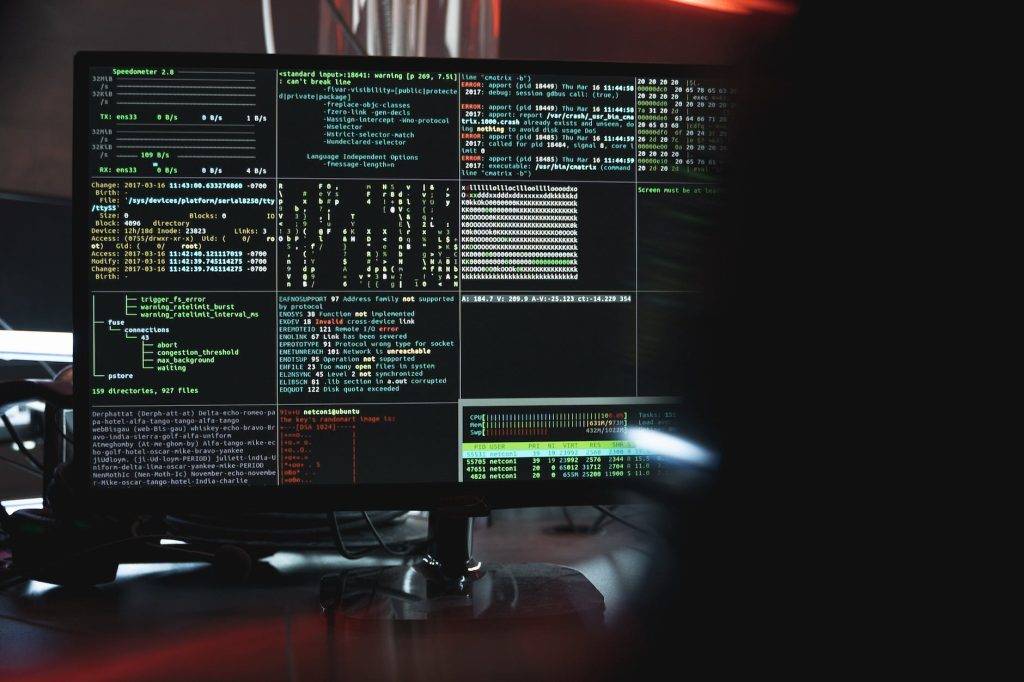Collaboration lies at the heart of modern work environments, and as businesses become increasingly global and diverse, the need for seamless teamwork is more crucial than ever. In this digital age, office software has evolved to offer a powerful feature: collaborative editing in real-time. This innovation has revolutionized the way teams collaborate on documents, presentations, and spreadsheets. In this article, we delve into the significance of collaborative editing in office software, its benefits, challenges, and how it transforms the dynamics of teamwork.
The Power of Collaborative Editing
Definition and Functionality
Collaborative editing, also known as co-authoring, allows multiple users to work simultaneously on the same document, making edits, additions, and revisions in real-time. This feature transcends geographical boundaries and time zones, enabling teams to collaborate seamlessly regardless of their physical location.
How It Works
Collaborative editing relies on cloud-based technology. When a document is stored in the cloud, team members can access it from anywhere and make changes that are instantly visible to others. Edits are tracked with user-specific colors, ensuring transparency and accountability for each contribution.
Advantages of Real-Time Collaboration
Enhanced Productivity
Real-time collaboration significantly enhances productivity. Team members can work together on a single document, eliminating the need for back-and-forth emails or waiting for edits to be integrated. Decisions are made swiftly, and tasks are completed faster.
Seamless Communication
Collaborative editing fosters seamless communication. Comments and discussions can be embedded directly within the document, reducing the need for separate communication channels. This ensures that contextual conversations are readily accessible to all collaborators.
Version Control Made Effortless
Gone are the days of tracking document versions with complex file names. Collaborative editing maintains a single version of the document, with a detailed revision history. This makes it easy to revert to previous versions and review the evolution of the content.
Real-Time Feedback
Teams can provide real-time feedback on each other’s work, leading to continuous improvement. Whether it’s refining a proposal, fine-tuning a presentation, or correcting errors, the collective effort results in polished and high-quality outputs.
Overcoming Challenges
Simultaneous Edits
While real-time collaboration is a boon, simultaneous edits can lead to conflicts. However, most modern office software platforms incorporate conflict resolution mechanisms, ensuring that conflicting edits are managed seamlessly.
Access Control
Maintaining access control is crucial. Not all team members require the same level of access to the document. Office software addresses this by offering granular permission settings, allowing administrators to define who can view, edit, or comment on specific sections.
Data Security
Cloud-based collaboration demands robust data security measures. Leading office software providers prioritize encryption and secure authentication to protect sensitive information from unauthorized access.
Transforming Team Dynamics
Global Collaboration
Collaborative editing erases geographical barriers, enabling teams spread across the globe to work as if they were in the same room. This global collaboration brings diverse perspectives and expertise to the table.
Enhanced Creativity
The synergy of multiple minds collaborating in real-time fosters creativity. Ideas flow freely, and team members can build upon each other’s concepts, leading to innovative solutions and content.
Empowerment and Ownership
Collaborative editing empowers team members by giving them ownership of the content. Everyone’s contributions are acknowledged, fostering a sense of pride and accountability for the final output.
The Future of Collaborative Editing
Integration with AI
The future of collaborative editing involves integration with AI-powered tools. AI can assist in suggesting edits, identifying inconsistencies, and even offering content recommendations based on the document’s context.
Augmented Reality Collaboration
With the advancement of augmented reality (AR), we can anticipate immersive collaborative experiences. Team members could virtually gather around a shared document, interacting as if they were in a physical space.
Accessibility and Inclusivity
Future advancements will prioritize accessibility, making collaborative editing tools more inclusive for users with diverse abilities. Voice commands and screen readers could enable a broader range of individuals to participate seamlessly.
Conclusion
Collaborative editing in real-time has transformed the landscape of teamwork and productivity. It empowers teams to collaborate across distances, communicate seamlessly, and produce high-quality work efficiently. As technology continues to evolve, collaborative editing will become even more sophisticated, ushering in a new era of inclusive and innovative teamwork.
FAQs
- What is collaborative editing in real-time? Collaborative editing in real-time allows multiple users to work simultaneously on the same document, making edits and revisions that are instantly visible to others.
- What benefits does real-time collaboration offer? Real-time collaboration enhances productivity, communication, version control, and feedback processes among teams.
- How does collaborative editing address simultaneous edits? Most office software platforms incorporate conflict resolution mechanisms to manage conflicting edits in real-time.
- How does collaborative editing empower team members? Collaborative editing empowers team members by giving them ownership of the content, acknowledging their contributions, and fostering a sense of pride in the final output.
- What is the future of collaborative editing? The future involves integration with AI, augmented reality collaboration, enhanced accessibility, and inclusive tools for diverse users.


